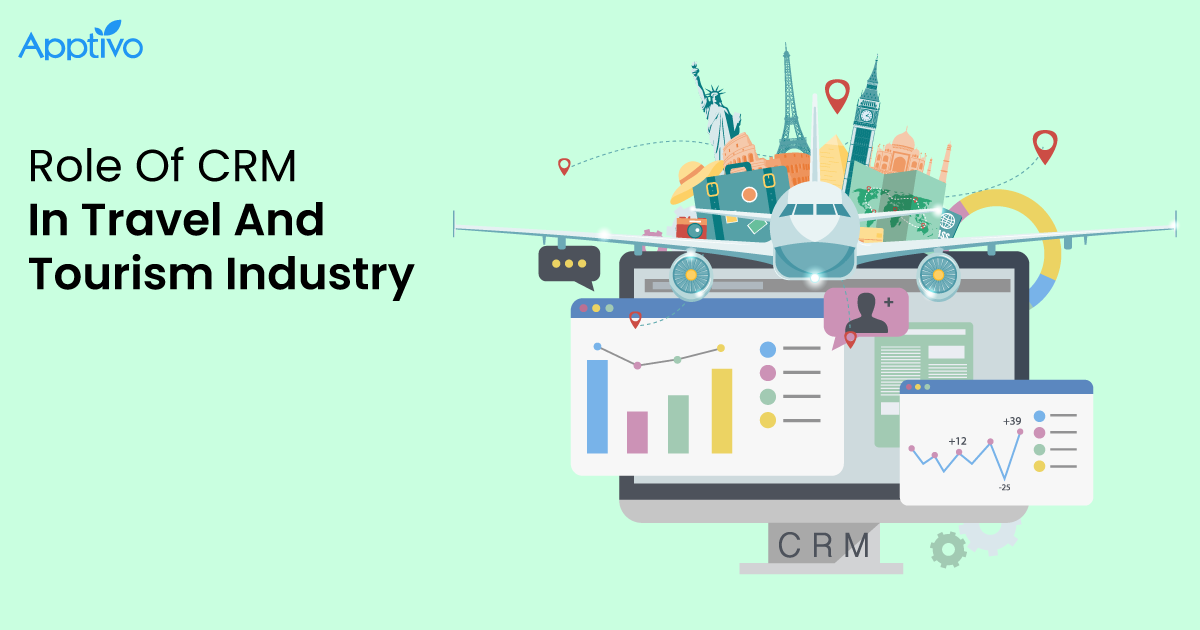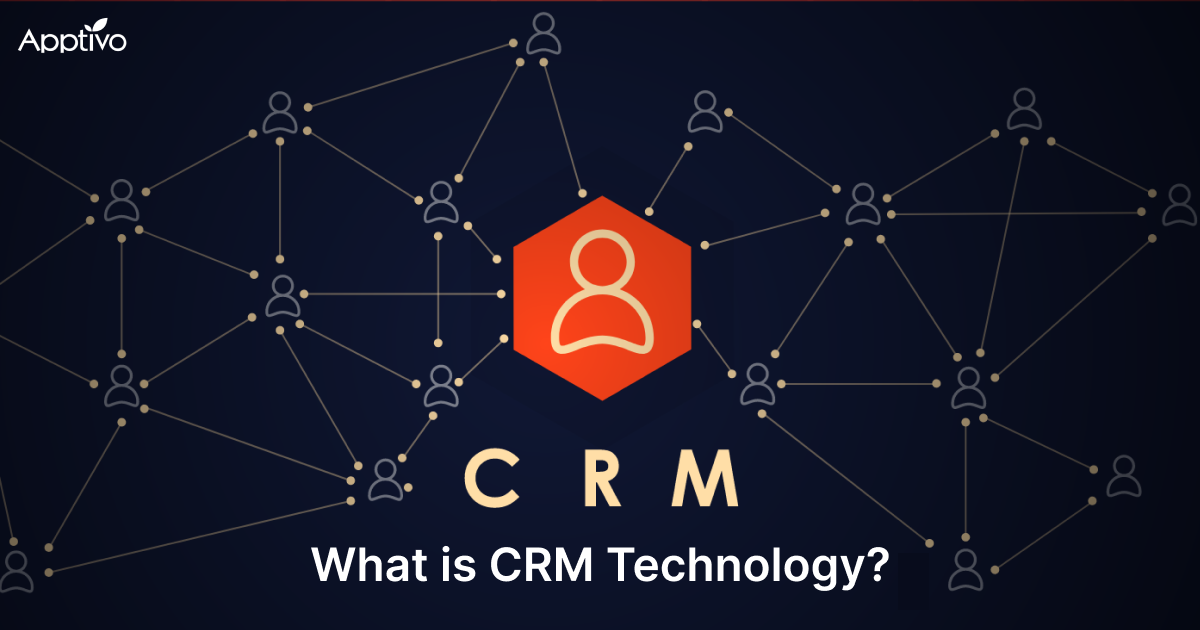 |
2. ABCs of sales lead management
3. Sales Lead Management Process
4. Implementing a Lead Management Strategies to increase sales
Overview
No matter what you sell or the sector you’re in, you need a consistent flow of qualified leads to develop your business. However, inbound sales teams need a well-defined lead management system and the right tools to get the most value out of those leads. In this article, we’ll define lead management, go over the components of a sales lead management system, and discuss the tools that can be implemented to get the best outcomes.
ABCs of sales lead management
The days are numbered for those who still use spreadsheets to track and manage leads – it can result in around 70% of leads not being converted. The purpose of a lead management system is to convert the maximum number of leads. A lead is any person or company who might be interested in your product. This interest is demonstrated by sharing contact information, clicking on a “register now” link, visiting your website, watching a product video, visiting your Stall at an expo, or being referred by an acquaintance. The lead management process categorizes and plans action points based on the information provided by the lead. Depending on where they are in the marketing funnel, you can then follow up with different leads or retarget them with content. For example, if a C-level representative in B2B contacts you via your website’s contact form, this can be considered a bottom-funnel lead – your sales team can contact the individual directly and begin the account acquisition process. Identifying such promising leads, and having the necessary information to take quick action to convert potential customers is partly due to a well defined lead management. Lead management, by itself, is a broad field that encompasses nearly every sales technique used to capture and convert leads.
Sales Lead Management Process
With the aid of a sales lead management system, you may systematically define your target audience, the flow of leads through the pipeline, and the standards that determine whether a lead is qualified or not. The following stages are frequently found in a lead management system:
- Lead Capturing
- Lead Enrichment and tracking
- Lead Qualification
- Lead Distribution
- Lead Nurturing
1. Lead Capturing
Email, website, social media, webinars, and paid ads are all ways to reach out to potential buyers during lead generation activities. A good lead management software ensures that every lead from web forms, emails, and chat is automatically fed into the CRM system, preventing prospects from falling through the cracks.
2. Lead Enrichment and tracking
Your teams, whether in sales or marketing operations, should not be wasting time hunting for information on each lead or manually entering data. A lead management software populates a lead’s profile with publicly available information such as their job title, location, timezone, company name, and social media profiles. It can track a lead’s website activities (pages visited, links clicked, resources downloaded) as well as email engagement. These valuable insights enable salespeople to understand their customers’ intentions and personalize their sales efforts. It provides your marketing team with the necessary context for creating email campaigns.
3. Lead Qualification
A contact scoring model—a model that ranks your contacts based on their interest in your product or service, demographic information, buying journey, and engagement with your company—is one effective way to qualify leads. The predictive scoring model assists you in prioritizing contacts with whom you interact by analyzing historical data and assigning a score to each contact based on factors such as job title, website behavior, and engagement with your company. Your team can quickly identify the right leads and devote their time to closing the deal. A lead management software with AI-powered contact scoring capabilities will save you money and benefit your sales and marketing teams.
4. Lead Distribution
The sooner your sales reps contact leads, the more likely they are to convert them. Manually assigning a high volume of leads to the appropriate sales reps can be time-consuming and delay lead response time. A good lead management system automatically assigns leads to salespeople across territories on a round-robin basis, assigns phone numbers to territories, and transfers calls to sales teams. This allows your sales team to prioritize assigned leads rather than manually searching for new leads in the CRM software. You can also use lead management software to generate reports that identify the most profitable territories, sales reps who are meeting targets, and potential sales areas to improve.
5. Lead Nurturing
Not all of your leads are sales-ready. Many of them may still be in the research or awareness phase, trying to figure out if your service will solve their problems. Lead nurturing aims to educate and demonstrate the value of your product/service. With lead management software in place, you can send nurture campaigns to these leads who aren’t quite ready to buy yet. This is where you educate and demonstrate value through content and promotional offers, assisting them in their decision-making process.
Implementing Lead Management Strategies to increase sales
Want to make your website more profitable for your business? Only half the battle is won by driving traffic. Even if you spend months working to double website traffic, you won’t be able to convert that visitors into leads and, eventually, earnings if you don’t have attractive offers, strong calls-to-action, and convincing lead nurturing programmes. Here are some strategies to improve website conversions, not just to the point of a lead but also to the point of a qualified lead.
- Improve your Call-to-Action
- Improve Landing Pages
- Improve Offers
- Improve Lead Nurturing Campaigns
- Improve Your Entire Campaign
Call-to-Action performs best “above the fold,” or in the area of your website that is immediately visible to users without requiring them to scroll. Anything “below the fold” will only be seen by 50% of visitors to your page, according to heat map data. Your website leads can be greatly increased by doubling CTA impressions.
Keep your message constant throughout your CTA and the landing page’s title. People will immediately lose trust in you if they click a link for a free offer only to discover there is a catch on the landing page. Similar to this, if the title and CTA read differently, it could cause confusion and make the user wonder if the CTA is pointing to the wrong page.
What’s in it for me? is a question that should be addressed by your offer. Because they don’t provide a response to that query, items like pricing brochures, specifications, and self-promotional movies are not convincing offers. Whitepapers, manuals, and webinars are examples of informational goods that make strong offers. See the distinction?
For a good reason—I’ve seen this error committed far too frequently, and it’s so simple to correct—I’m repeating myself. Be as explicit as possible when describing your offerings. Maintain brevity in your email. Get to the point rather than introducing your service with a two-paragraph history of your organization. Which advice do you want to provide your prospects? How can their participation in your blog be advantageous to them? Why should they be concerned about the latest deal you have on your website?
To increase conversion rates, you can test and alter every aspect of your website. Change the messaging or replace the CTA entirely once it has been on your homepage for a month. Then, after another month, assess which CTA has done the best. Move your offer CTA to the third lead nurturing email if it’s in the second one and watch your click-through rates rise. Move the form above the fold and monitor the results if conversion rates on the landing page are poor. Don’t be scared to experiment with different approaches—you can always go back to the previous one if it worked better. When you’ve discovered a combination that boosts site conversions, the effort will be worthwhile.
Wind-Up
A successful sales process depends on lead management, which enables sales teams to define, identify, and nurture leads until they are ready to become clients. The correct CRM software can boost your lead management by offering improved organization, quickly accessible information storage, and lead tracking, while traditional approaches can still be effective to a certain extent. You can get more transactions closed by using efficient lead management solutions in conjunction with a personalized touch, which will help you fill your sales pipeline with high-quality leads.
Latest Blogs

Role Of CRM In Travel And Tourism Industry
Travel and tourism have been a significant part of everyone’s life since the ancient period. When we skim through the pages of history, It should be noted that humans were initially nomads before they became settled in one place. They...
Read more →
WHAT IS CRM TECHNOLOGY?
Introduction CRM is a technology that helps manage the entire customer information and interactions in order to build and maintain superior customer relationships. The CRM solution replaces spreadsheets and other different applications, which makes it easy for the businesses to...
Read more →
Everything you need to know about the Annual Maintenance Contract!
1. What is an Annual Maintenance Contract? 2. Benefits of Maintenance Contracts 3. How can Apptivo CRM help you manage maintenance agreements and vendors? 4. Summary Think about getting the confidence that the machinery is well-maintained and performing optimally, without...
Read more →
